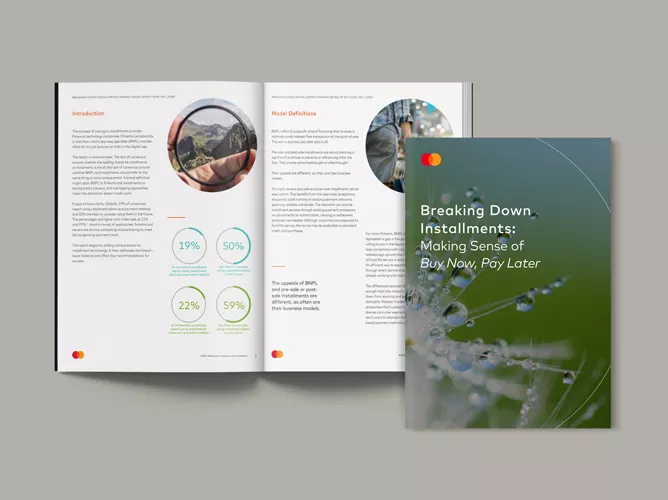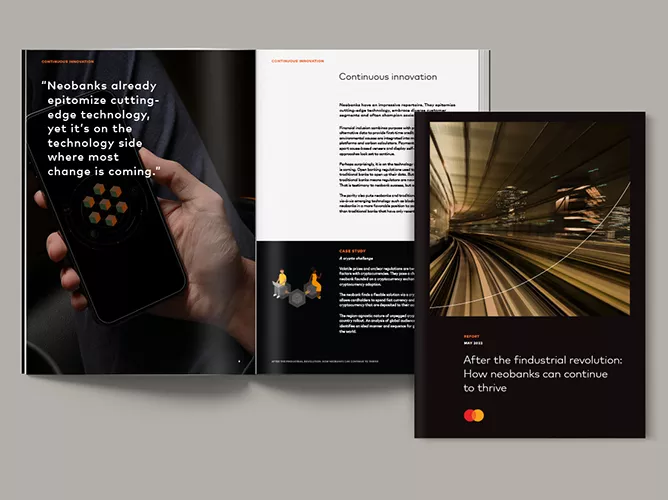Remittances are one of the most complex payments type to make more efficient and more appealing for consumers and businesses.
Legacy banking systems, lack of transparency, and high regulatory scrutiny contribute to the challenge. There also remains a gap for underserved segments, who have traditionally stayed outside of the formal banking infrastructure and depend on riskier and unreliable offline methods.
However, with rapid digitalization and increasing mobile penetration, digital channels are becoming a medium for remittance payments. Digital wallets for cross-border remittances enable businesses and consumers, including the banked and unbanked, to send remittances with transparency, reduced cost and shorter delivery times.
Global remittances to low- and middle-income countries increased 7.3% to $589 billion in 2021, with India, China, Mexico, the Philippines, and the Arab Republic of Egypt as the top five remittance destinations.
- World Bank
This report explores:
- Payment trends in cross-border remittances
- Covid’s impact on remittances and the growth of mobile remittances
- Customer stories and strategies for remittances innovation
Download the full report, "Extending reach How digital wallets can fill remittance gaps."












